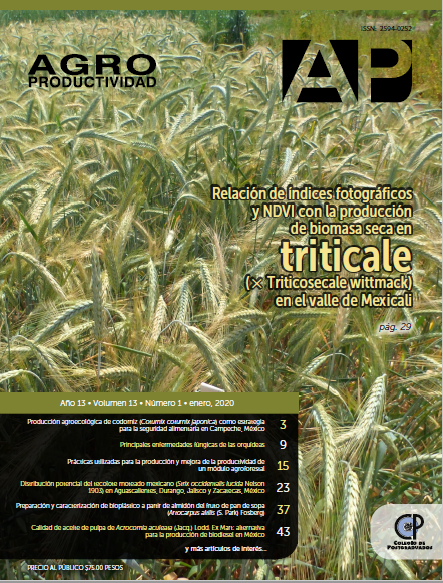Use of artificial drinking fountains by the Central American agouti (Dasyprocta punctata) in the Calakmul biosphere reserve in Mexico
Main Article Content
Keywords
habitat management, relative abundance index, photo trapping, daytime pattern.
Abstract
Objective: To describe the use of artificial drinking fountains by the central American Agouti (Dasyprocta punctata) in the Calakmul Biosphere Reserve.
Design/methodology/approach: Eight artificial drinking fountains were monitored each one with a trap camera with the aim to estimate the relative abundance index and activity patterns of visits to the drinking fountains. The monitoring was during the dry season of 2019. The analyzes were carried out with the InfoStat and R programs.
Results: From January to May 2019, with a sampling effort of 1121 days/camera, average abundance of 160.08±85.44. The pattern of visits to the drinking troughs was mainly diurnal.
Limitations of the study/implications: The use of trap cameras in the artificial drinking fountains allows us to know the extent of habitat modification in the Calakmul Biosphere Reserve.
Findings/conclusions: The implementation of artificial drinking fountains in the RBC during the dry season was a successful action to mitigate the effects of water scarcity. The use of the water resource by the Central American Agouti in artificial drinking fountains was constant, other species of mammals and birds were also observed making use of artificial drinking fountains.

